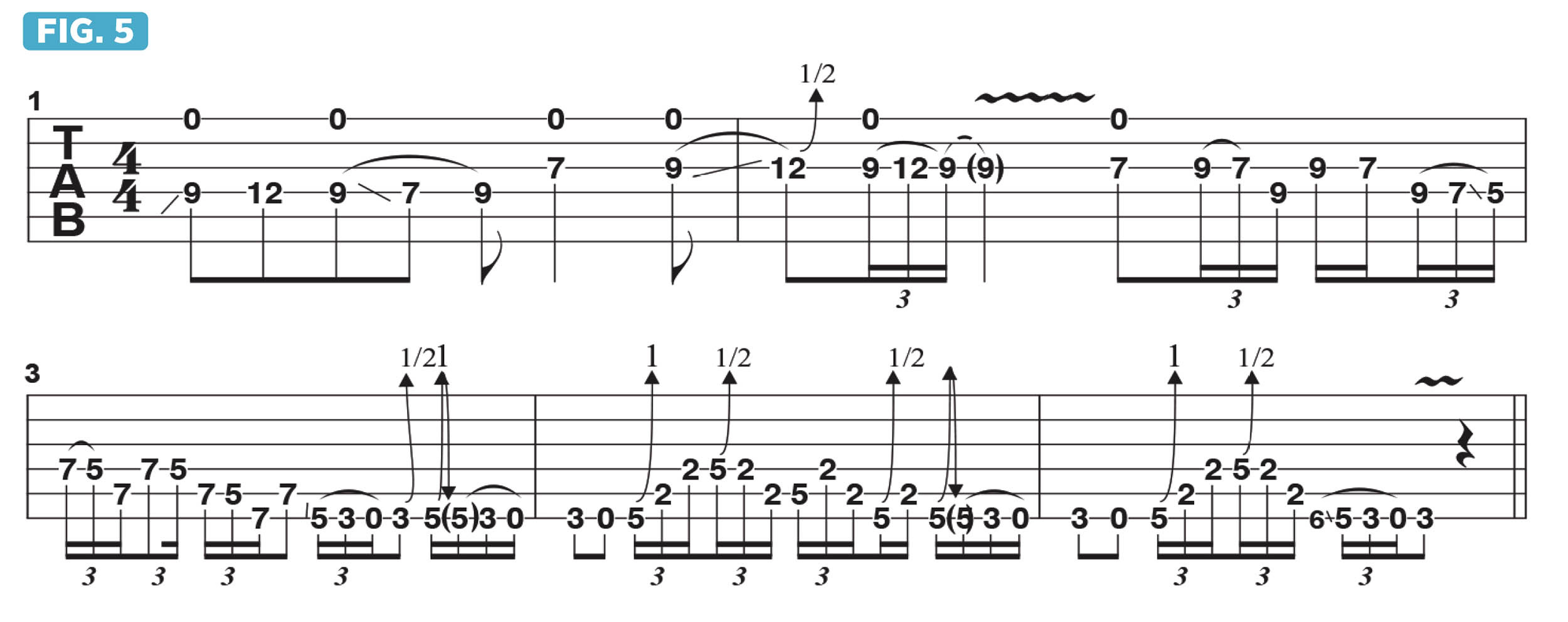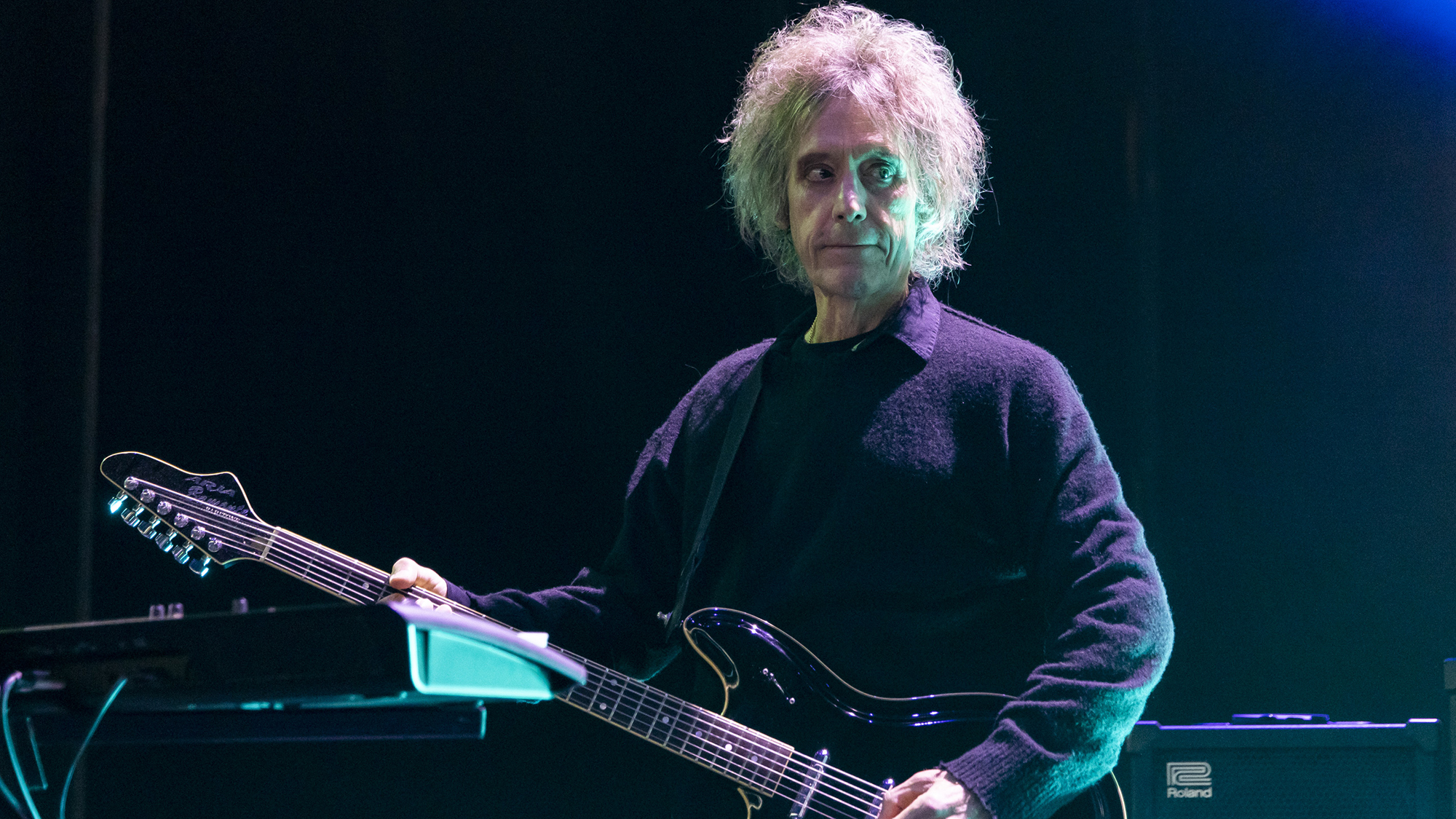How to combine one and two-string melodies with drones for more melodically inventive approaches
This lesson will help take your soloing outside of muscle memory and learned playing habits

A great challenge for exploring new soloing ideas is to play improvised lines up and down a single string.
There are a variety of benefits to this approach: primarily that it pushes one out of playing “learned” positional lines and patterns based on muscle and visual memory.
Additionally, this approach forces one to be aware of the specific articulation techniques – slides, hammer-ons, pull-offs and bends – that are pretty much necessary to play lines in this way, which in turn plays a major role in the way any given melody “speaks." As usual, the more creative and adventurous one chooses to be, the more there is to discover.
The design of the guitar also allows the player the luxury of incorporating the sound of open-string drones along with melodic lines played on other strings. For example, if you're in the key of E, the open low E or high E string represents the tonic, or root note, of the key, and either of these strings may be sounded as a drone along with the melodic line.
Keep in mind that the use of open-string drones does not have to refer to tonic drone notes only; the other open strings can easily be used as drones in the key of E, as the notes these open strings provide – E, A, D, G, B, E – are mostly found in the E major or E minor scales.
For this lesson, let’s keep things simple by devising lines based only on the E minor pentatonic scale (E, G, A, B, D). In Figure 1, I begin by ascending the scale on the D string. In bar 2, I play a descending line based on this scale and grouped in threes.
Now let’s use a similar approach to play a longer, more complex melody on the D string while incorporating the use of the open high E-string root note as a drone, using hybrid picking (pick and fingers technique) as shown in Figure 2.
All the latest guitar news, interviews, lessons, reviews, deals and more, direct to your inbox!
Notice the reliance on finger slides to move from one note to the next, along with the use of pull-offs and half-step bends.
In bars 5 and 6, I sound a few notes on the G string as well, and the line resolves with a descending line that moves across the bottom three strings, ending on the open low E string.
With this approach in mind, Figure 3 ascends from 7th to 9th to 12th position.Once in 12th position, notes are sounded on the bottom four strings against the open high-E drone, before the phrase concludes with a descending pattern similar to that in Figure 2.
The last two examples pit the two different approaches against each other. In Figure 4, the entire line resides on the D string.
In Figure 5, a longer and more complex line develops, moving with freedom up and down the fretboard and across the bottom four strings, ending with a Jimi-Hendrix-approved riff at the end of bar 5, inspired by Hear My Train A’ Comin’.
Guitar World Associate Editor Andy Aledort is recognized worldwide for his vast contributions to guitar instruction, via his many best-selling instructional DVDs, transcription books and online lessons. Andy is a regular contributor to Guitar World and Truefire, and has toured with Dickey Betts of the Allman Brothers, as well as participating in several Jimi Hendrix Tribute Tours.






